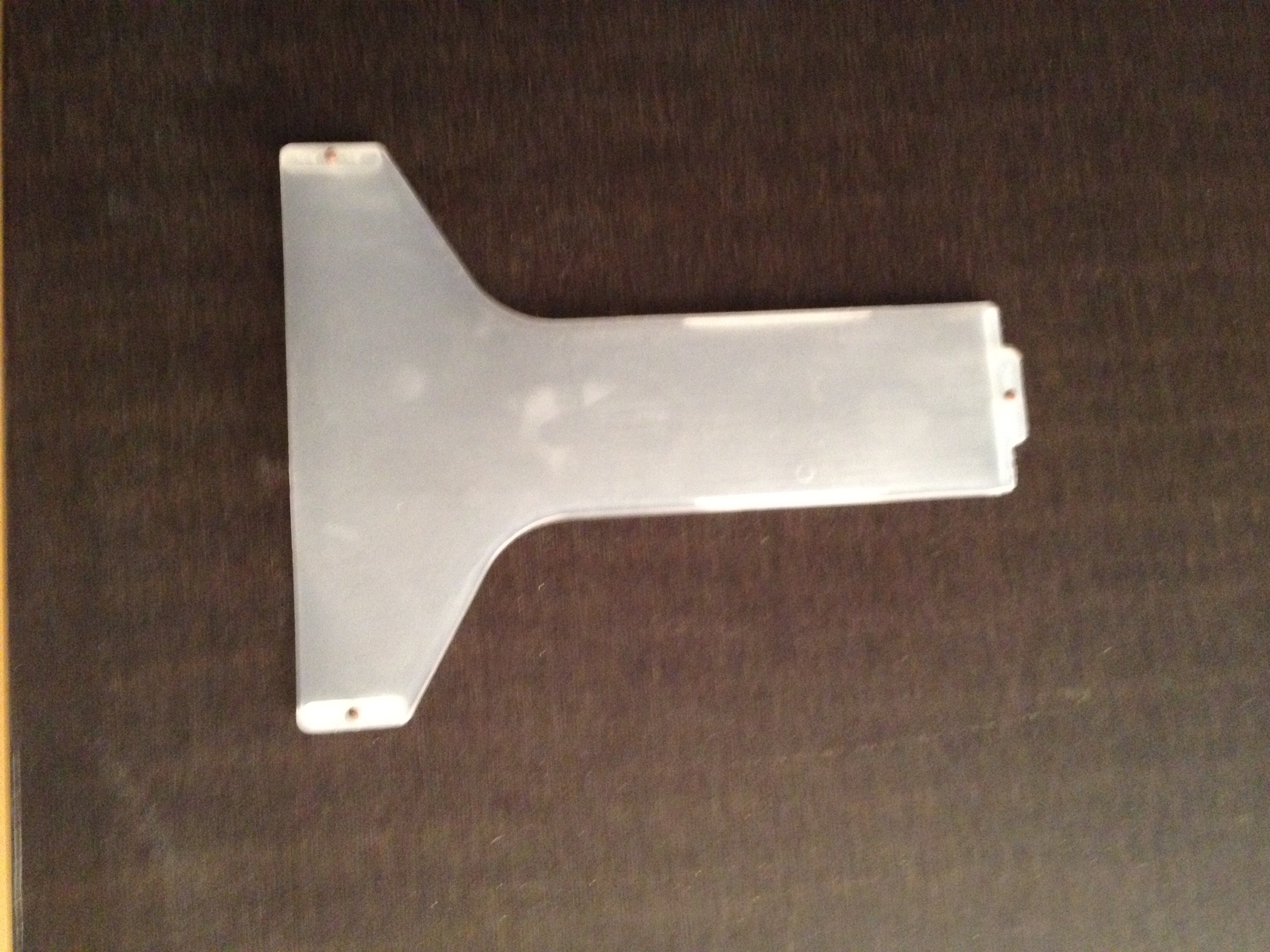Yamaha and Japanese Piano Advice
Much has been written in the Press lately about the decine in sales of new pianos. They argue that demand is falling and digital pianos are replacing real pianos in the hearts and minds of pianists. I believe this is not the whole story. Whilst sales of brand new pianos is certainly in decline, the market has been flooded with pianos imported specially for sale in the UK. Pianos which appear to be so good, that they are preferable to a budget new model. Imported recent(ish!) Japanese pianos are the real threat to new piano sales, and they are being sold alongside new pianos by most dealers. Indeed, the threat to new sales is so severe, that Yamaha themselves now offer a reconditioned range, but where do these pianos come from? Please read on…
The piano market in Japan is rather different from that in the UK. Rather like cars (which are legislated off the road after ten years) and other consumer goods, the Japanese tend to upgrade to new items more frequently than the Europeans and the demand for older models is weak. They apply the same philosophy to pianos. These instruments are still comparatively young by our standards, and such is their rugged build quality many still appear to be like new, so they are exported to markets where there is stronger demand. Despite that rugged build quality, they are not immortal, and many have had hard lives in schools and music colleges, so an imported piano may not be as good as it looks. It should also be borne in mind that although these ‘grey’ imports may be (or certainly should be) significantly cheaper than a new instrument, they will also not be as desirable as a second-hand piano which was officially imported to the UK by its manufacturer when new. They may also be harder to sell back to a dealer, not necessarily because of poor quality, but because they are available to them in great numbers from the importers.
There are also a great many other Japanese pianos on the second hand market. Yamaha and Kawai are by far the best known brands, but other Japanese domestic brands, not normally imported into the UK when new, are available as imports. Brand names include Eterna, Atlas, Toyo, Apollo, Pruthner (yes, really!) and (maybe most amusingly!) Rolex. Most of these look as solidly built as a Yamaha, but experience has led me to believe that this is not the case, and I would give most a very wide berth unless cheap. Yamaha is by far the most common brand, since dealers know that there is a ready market for them.
To determine whether you are buying a grey import Yamaha or one officially imported by Yamaha-Kemble is difficult if you are not specifically told, but such is the huge number of grey imports it is safest to assume that it is a grey import unless specifically told otherwise. Grey imports are nearly all from the Japanese domestic market, and will have a small plastic document holder in which to store the maintenance record, (as pictured below) affixed to the inside rim of a grand (on the straight side by the hinges) and on the reverse of the top on an upright, although this may have been removed, so look for evidence, often three tiny tack-holes.
The most common grey imports are Yamaha grands and the larger ‘Professional’ uprights, especially the G-series grands, C3 grands, U1 and U3 uprights. These models also were officially imported into the UK. If the piano that you are viewing is one of the following models, it is without doubt a grey import:
U10, U10Bl, U30, U30Bl, UX1, YUX, UX3. U2
Kawai model numbers are many and bewildering, so it’s difficult to mention likely models, but look for that document holder!
Next ascertain the exact age of the piano you are buying. Because in general the cabinet finish lasts very well and is usually a gloss lacquer, it can mislead the purchaser into thinking that it is much younger than it really is. Yamaha’s USA division provides a list of serial numbers which are very useful in determining a piano’s age. it can be found here:
http://usa.yamaha.com/support/finding_age_of_yamaha_piano/
Many grey imports are decent used buys, but just as many are older or more heavily used than they first appear. Remember that some may be ex-school or music college pianos which may not be particularly old, but they may well have had a hard life. The U2 model in particular was favoured by music schools, and they are also rather ugly. I would suggest avoiding any Yamaha U2 unless it is very cheap indeed.
To avoid any risk of buying a poor piano, you can now obtain a genuine Yamaha factory-reconditioned model which will have been rebuilt to some extent by Yamaha, and will have a warranty backed by Yamaha UK. These are only available via selected Yamaha dealers, and offer a degree of peace of mind, but there are other sources of good examples so it pays to look around.
If bought carefully, a good grey import will be just as serviceable as any officially imported piano, but a poor one can be quite disastrous.
I am always happy to locate a good used model for you if you require guidance in this process.

